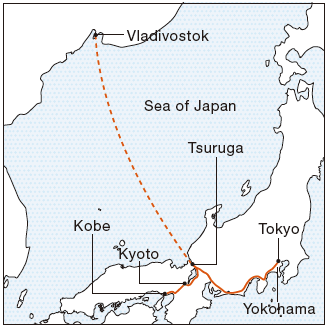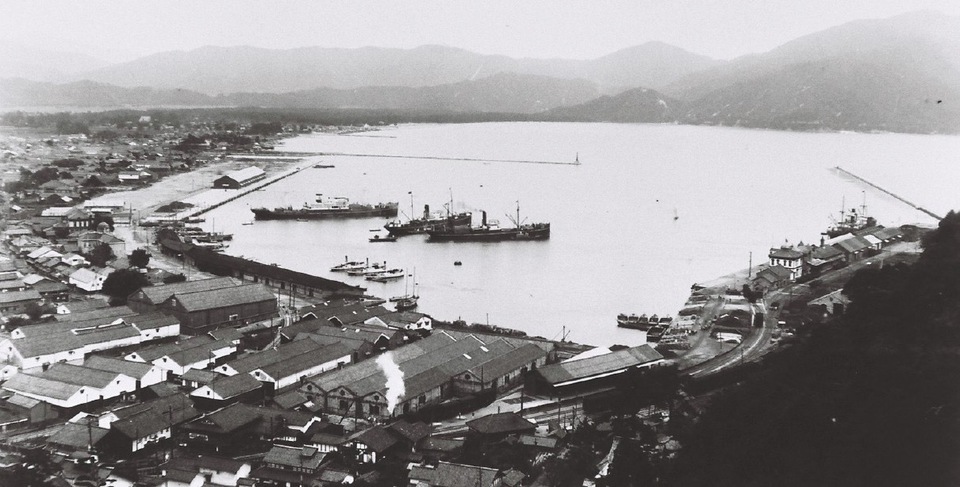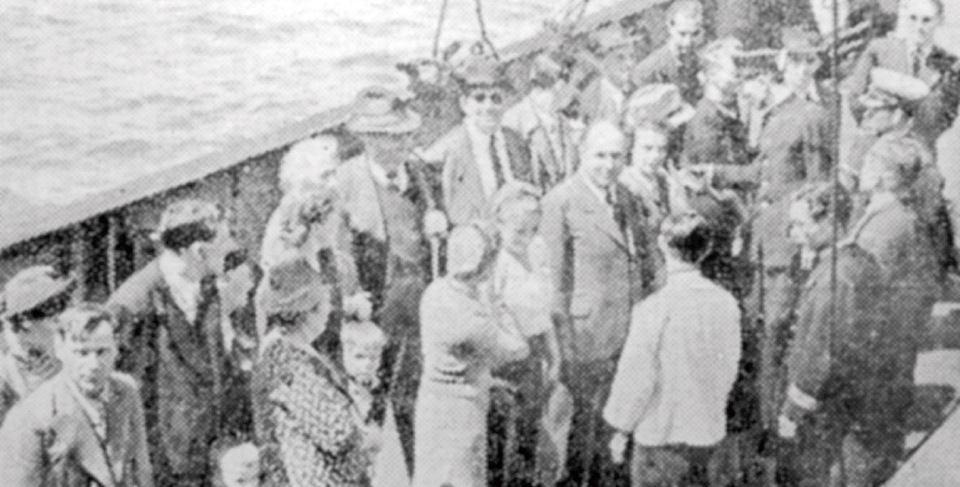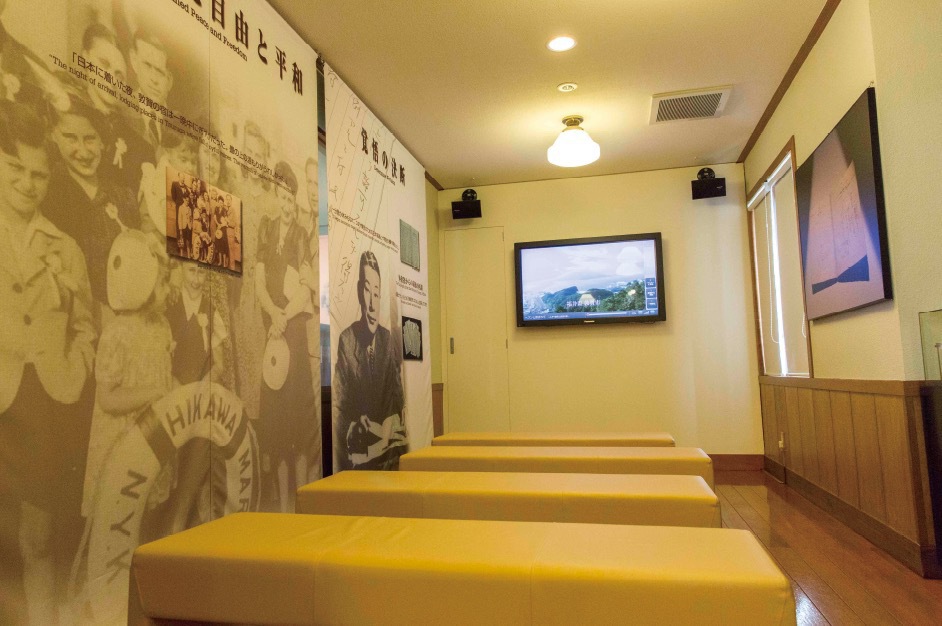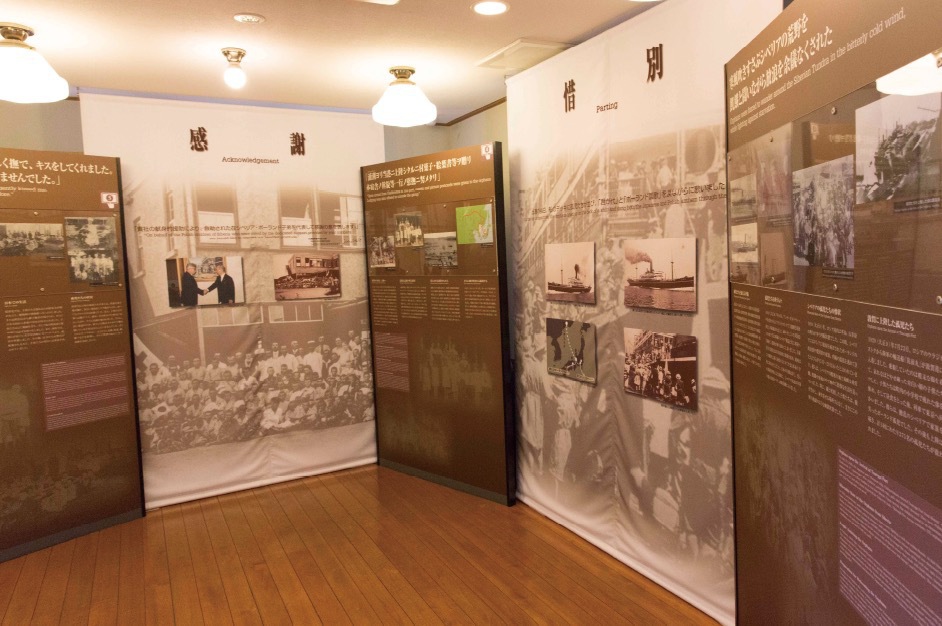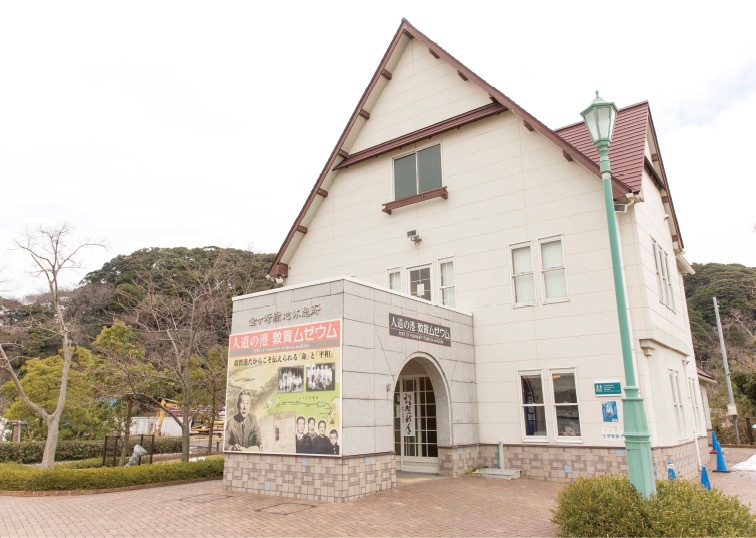Tsuruga is a port city in Fukui Prefecture facing the Sea of Japan. It is located where Japan’s main island narrows in the middle, about 100 km (60 miles) northeast of Kyoto. At the turn of the twentieth century, when the Trans-Siberian Railway was completed, Tsuruga was the gateway for the fastest route between Japan and Europe. Ships carried passengers from Russia’s easternmost city, Vladivostok, to Tsuruga, and the Europe Asia International Express was set up to run the last leg of the journey to Tokyo, making Tsuruga a very important transfer point. The city was filled with travelers, as were the shops and accommodations that served them. One little-known aspect of its history, though, is that many Jews fleeing Europe came to Tsuruga.
In 1939, when Nazi Germany was expanding its power in Europe, Jews in Poland were being driven from their own country. Many rushed to the Trans-Siberian Railway, the only escape route open to them. However, to board the train, one needed to have a visa for another country. Jews lined up for visas at the Japanese consulate in neighboring Lithuania. The vice consul, Chiune Sugihara, issued Japanese visas to as many Polish Jews as he could at his personal discretion, and, ultimately, these visas saved the lives of some 6,000 Jewish refugees. These are historical facts described as a Japanese version of Schindler’s List.
With their visas, these Jews, having traveled across Siberia by railway and then crossing the Sea of Japan by ship, landed in Tsuruga, earning it the nickname “Port of Humanity.” After a short stay in Tsuruga to prepare and arrange further travel, they continued on to Kobe or Yokohama, both of which are major port cities of Japan, and boarded ships for their final destinations.
These historical facts have been hidden away in dark memories surrounding the war. Even the people of Tsuruga are largely unaware of the role their town played, and, to make matters worse, many documents related to this story were destroyed in firebombing near the end of World War II. These memories were in danger of being lost. With the start of the twenty-first century, however, the heroic actions of Sugihara are coming back into the limelight. This has brought new opportunities to secure Tsuruga’s place in history, and an attempt has been made to record the oral histories of local residents. As those with personal experience of interacting with the wartime refugees are now advanced in years, opportunities to speak with them directly are rapidly dwindling. That is why the information they provided was extremely valuable. Their interviews highlight what it was like. At first, the people of Tsuruga were fearful of their unfamiliar guests but eventually could communicate in some ways: seeing them in their forlorn state, a boy gave them apples, and the locals opened the public bath to them and provided them with the funds they needed.
These recollections have been gathered and displayed in the Tsuruga Museum, built near the harbor where the Jews had landed. Video interviews with surviving Jews who went on to live in other countries can also be seen there, alongside precious artifacts of wartime life.
So that these memories will not fade away forever, lessons on this dimension of Tsuruga’s history have been incorporated in the curricula of local elementary and junior high schools, and new exhibits are being added to the museum’s displays. These will serve to communicate the role of Tsuruga to future generations.
According to representatives of Tsuruga, “We hope that many people come to visit our museum to see the role Tsuruga has played in history and how people interacted with the Jewish refugees, and also to get to know the Tsuruga of today.” One can sense the great pride and comfort that the people of Tsuruga take in their history.
Tomodachi Menu
- Top
- Previous Issues
- Topic
- Country/Region
Close

- Top
- Previous Issues
- Topic
- Country/Region
-
- Asia
-
- Pacific
-
- North America
-
- Latin America and the Caribbean
-
- Europe
-
- Middle East
-
- Africa
-
- Other Area
-
-
Tomodachi Disaster Prevention Edition 2015






























































































































